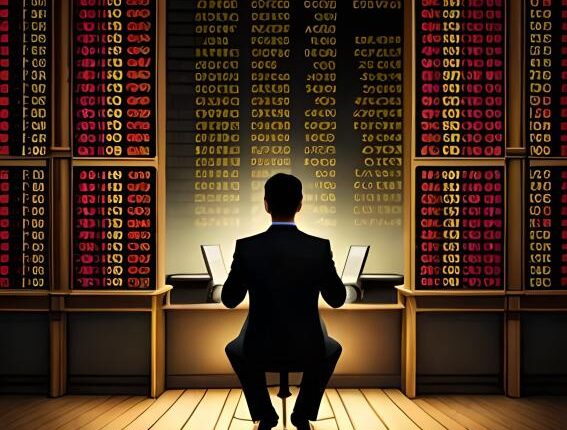The foreign exchange market, also known as forex or FX, is the largest financial market in the world. It is a decentralized market where currencies are traded 24 hours a day, five days a week. The forex market is open to anyone who wants to trade currencies, from individuals to large financial institutions. In this article, we will discuss how to profit from the forex market.
Understanding the Forex Market
The forex market is a global electronic network for currency trading. It is a decentralized market, which means that there is no central exchange where all transactions take place. Instead, transactions are conducted electronically between traders all over the world. The forex market is open 24 hours a day, five days a week, in major financial centers across the globe. This means that
you can buy or sell currencies at virtually any hour.
In the past, forex trading was largely limited to governments, large companies, and hedge funds. Now, anyone can trade on forex. Many investment firms, banks, and retail brokers allow individuals to open accounts and trade currencies. The forex market allows for leverage up to 50:1 in the U.S. and even higher in some parts of the world. That means a trader can open an account for $1,000 and buy or sell as much as $50,000 in currency. Leverage is a double-edged sword; it magnifies both profits and losses.
How to Trade in Forex
To trade in forex, you need to open an account with a broker. There are many brokers to choose from, so it is important to do your research and choose a reputable broker. Once you have opened an account, you can start trading currencies. You can buy or sell currencies based on your analysis of the market. There are many different strategies for trading in forex, including technical analysis, fundamental analysis, and algorithmic trading.
Technical analysis involves analyzing charts and using technical indicators to identify trends and patterns in the market. Fundamental analysis involves analyzing economic and political events that may affect the value of currencies. Algorithmic trading involves using computer programs to execute trades based on predefined rules.
Forex Risk Management and Position Sizing
Risk management is an important part of trading in forex. It is important to manage your risk to avoid large losses. One way to manage your risk is to use stop-loss orders. A stop-loss order is an order to sell a currency if it reaches a certain price. This can help you limit your losses if the market moves against you.
Another important aspect of risk management is position sizing. Position sizing refers to the amount of money you risk on each trade. It is important to determine your position size based on your risk tolerance and the size of your trading account. A common rule of thumb is to risk no more than 1-2% of your account on each trade.
To determine your position size, you need to know your stop-loss distance and the amount of money you are willing to risk on each trade. For example, if your stop-loss distance is 50 pips and you are willing to risk $100 on each trade, your position size would be 0.02 lots (or 2 micro lots). This means that if the market moves against you by 50 pips, you would lose $100.
Successful Forex Traders
Successful forex traders have several traits in common. They are disciplined, patient, and have a love for trading. They have a trading plan and stick to it, even when the market is volatile. They also have a risk management plan and use stop-loss orders to limit their losses.
Successful traders also have a good understanding of the market and the factors that affect currency prices. They use a combination of technical and fundamental analysis to make trading decisions. They also keep up-to-date with economic and political events that may affect the market.
Conclusion
In conclusion, the forex market is a global electronic network for currency trading. It is open 24 hours a day, five days a week, and is accessible to anyone who wants to trade currencies. To profit from the forex market, you need to have a good understanding of the market and the factors that affect currency prices. You also need to have a trading plan and a risk management plan. Successful traders are disciplined, patient, and have a love for trading. They use a combination of technical and fundamental analysis to make trading decisions and keep up-to-date with economic and political events that may affect the market.

